


Home Energy Water Work Economy Solution Politics Team Product Recycling Cars Ships Aircrafts Promotion
World Pollution Air Weather Violence Women Weapons Psychology Plants Animals Food Peace Faith Imprint
Aircraft
There are alternatives: electric plane Alice and Zero e
Eviation introduces Alice, the first all-electric aircraft. Initially only for eight people, but it is a small miracle what the Israeli engineers have achieved. Airbus has now followed suit and introduced the Zero e. Unfortunately, the passenger capacity of these planes is as limited as the range. With the current state of the art, more than 50 tons of batteries would have to be planned for a fully electric passenger aircraft such as an Airbus A320, DLR calculates. And even that would only be enough for 20 minutes of flight time. But in regional transport they are a real alternative. I've already flown in planes for 120 people together with only 8 people, so such a plane would have been ideal.
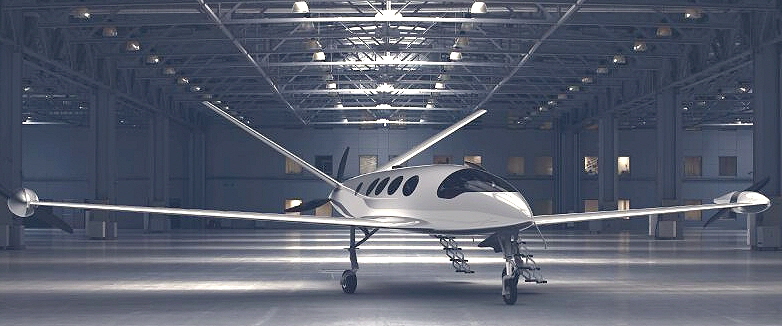
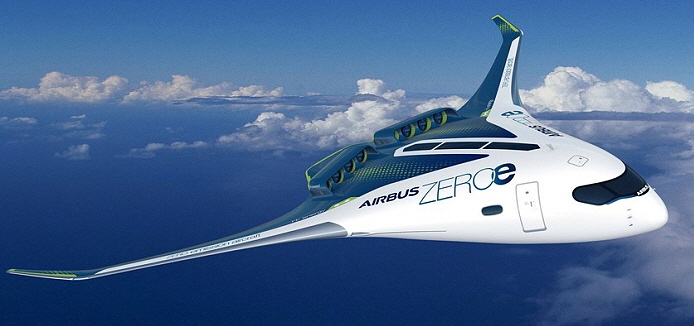
Airships
A really old possibility is the idea of Count Zeppelin, it was and is a wonderful solution and now also shows that these airships are the most economical solution. An aircraft of conventional design is far inferior to the airship in almost all areas. Production, material costs, consumption, COČ emissions. For a long time, airships were considered outdated and no longer competitive. But that has now changed. Because technical progress makes completely new airship models possible. In addition, climate protection and environmental regulations require a rethink, especially when it comes to transporting goods.
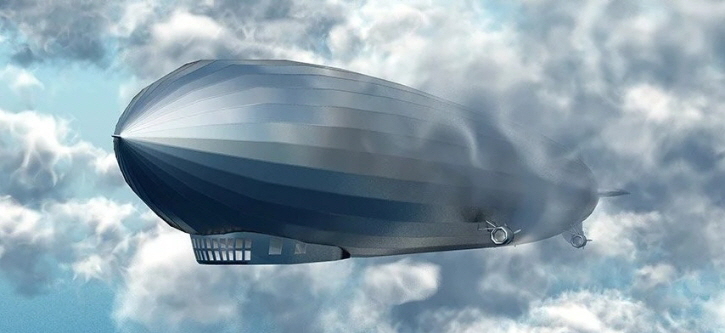

Nanuq, Turtle and H2 Clipper
A solar airship of a new kind. No longer cigar-looking, now with a large surface and equipped with photovoltaic panels. Watch the video. No emissions, no fuel, no big runways needed, that's how the future has to be. The payload is up to 30 tons. roughly corresponds to a number of ~ 165 people. This can be quite satisfactory, especially with regard to the non-existent consumption.
Of course, the legislature must end the old way. Conventional aircraft should only be allowed to fly with special permission, at high cost, and only for a certain transitional phase. That sounds difficult at first, but that's the way it has to be. Lawmakers are responsible for all citizens, not just a few corporations, which, moreover, are constantly looking to cut wages and lay off workers to keep up with ever-increasing profits. He has to set priorities. What is more important? People's health, protecting people from environmental disasters? Or the so sacred, so-called, entrepreneurial freedom. I think personal protection comes before the will of companies and investors. If their activity threatens the world population, a ban is the appropriate measure. Anything else is intentionally negligent bodily harm. The airship is also far superior to any conventional aircraft in terms of noise pollution. Of course, these airships don't fly as fast as conventional CO2 syringes. But they don't endanger or bother anyone and please imagine floating so beautifully over the landscape, Believe me, after that you'll never want to fly in a plane squashed like a factory farm chicken. (Link to the video about Nanuq & Co. in the middle of the picture). With the Turtel, an absolute largespace airship is being planned. The only question is how it should get along with the infrastructure of the airports.
Since modern materials have prevented the gas from gradually escaping through the envelope, the idea of air transport without emissions has once again become an attractive alternative to the airplane. The reason is simple: the airship stays in the air because of the buoyancy of the gas. It only needs energy to move forward, but not to keep from it falling. So unlike an airplane, whose engines always have to generate an airflow around the wings.
The H2 Clipper goes one step further than other projects. He does not use helium, but hydrogen. Hydrogen can burn explosively, but the gas achieves a higher buoyancy than helium due to its weight. With the same size, the gas can carry much more load. And indeed, the H2 Clipper is intended to compete with cargo ships and trains: the Clipper will move 150 tons and have a range of 10,000 kilometers. At 280 km/h, it's slow compared to airplanes, but very fast compared to sea and rail traffic.
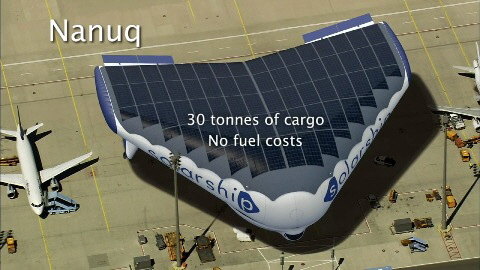
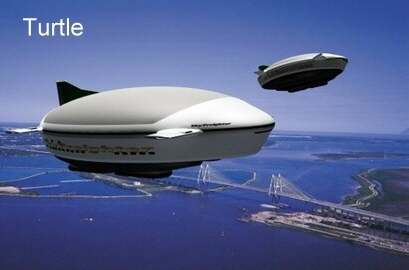

Zero-emission aircraft of the future will need to use a much higher glide fraction, which will result in their speed advantage shrinking. In turn, airships will have increasingly wind-friendly designs and more powerful engines, further reducing the aircraft's speed advantage. In the end, an emission-free Flyship could emerge, that would be it, carefree flying would be back, preferably without a "like the chickens on the pole" cargoroom for humans.
Speaking of zero-emission aircraft of the future... What is there?
H2Fly: from Stuttgart has announced the next generation of the "H175" fuel cell system. This is a modular drive unit that is being developed for use in commercial aircraft.
Airbus: Two hybrid hydrogen turbofan engines provide thrust. The hydrogen tank is located in the rear fuselage area.
Bauhaus Luftfahrt: The increased fuselage surface of a hydrogen aircraft results in a synergetic savings potential when using a fuselage propulsor.

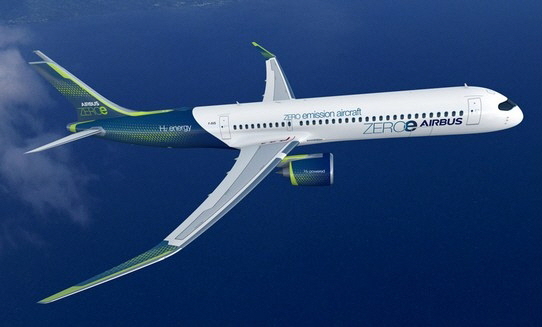

For medium and long-haul routes, Airbus is introducing a hydrogen-powered turbofan concept. Modified engines are designed to burn the volatile gas directly. According to Airbus, this plane could go into service from 2035. What only catches the eye when you take a closer look at the construction: the H2 planes have no windows in the rear fuselage area. That's where the hydrogen tank is. The reason for this: With the same energy content, even when frozen to minus 253 degrees Celsius and thus liquid, hydrogen still has four times the volume of conventional kerosene.. In the wings, where the kerosene tanks are located today, there is simply no longer enough space for hydrogen. This restriction also applies to hydrogen-based drives that rely on fuel cells such as H2Fly. In addition to the larger space requirement, a liquid hydrogen tank also needs a spherical or cylindrical design due to the higher pressures compared to kerosene tanks. In order to be able to carry a similar number of passengers, hydrogen-powered aircraft must either be longer or have larger fuselage diameters.
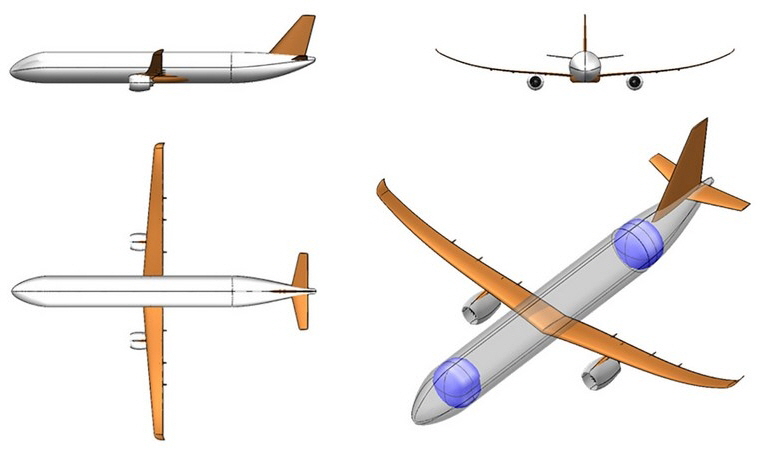
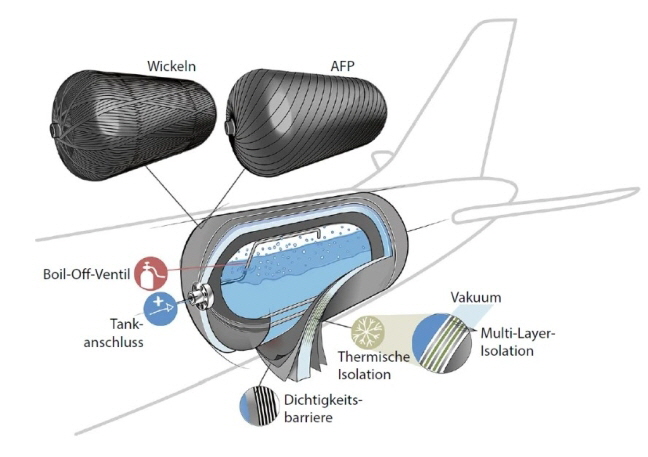
It is also conceivable to divide it into several small tanks or to combine a larger H2 storage tank with comparatively low pressure and a smaller high-pressure tank. For long-distance and ultra-long-distance flights, however, even a single tank, despite the light metal aluminum usually used, is so large and heavy that the use of liquid hydrogen is no longer economically viable. You would then only have room for the tank and no more room for the passengers.
The hydrogen turbine burn hydrogen directly
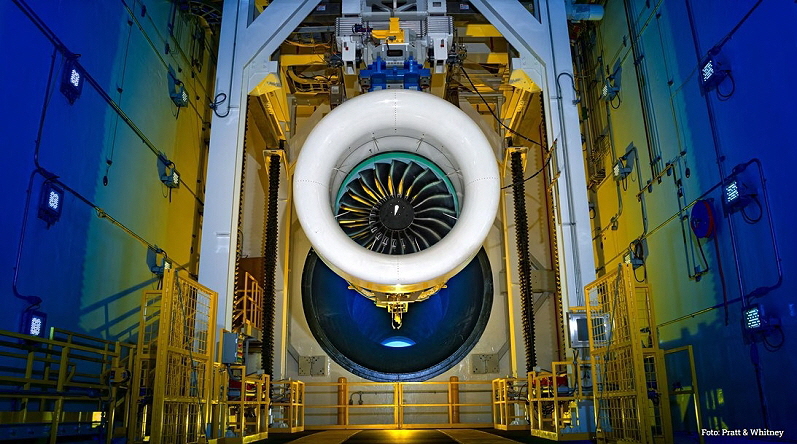

In February, Pratt & Whitney was awarded a contract by the US Department of Energy to develop a hydrogen turbin for commercial aviation. The 24-month project called Hydrogen Steam Injected, Inter-Cooled Turbine Engine (HySIITE) is the first building block for an engine for the next narrowbody generation. With adequate funding and a suitable aircraft program, it could be ready for the market around 2035. Liquid hydrogen is to be burned directly as a fuel instead of kerosene. No CO2 is produced when hydrogen is burned. However, it burns at higher temperatures than kerosene, which increases NOx emissions, which are also undesirable. Pratt & Whitney wants to counter this problem with a new type of combustion chamber that has vapor injection.
Rolls-Royce also wants to take part in the hydrogen hype. The British luxury car manufacturer is in the middle of developing a hydrogen turbine that will keep small to medium-sized aircraft in the air in the future..
With hydrogen into the future?
Hydrogen has the potential to reduce aviation emissions to a minimum and even allow a large part of the future aircraft fleet to fly with almost zero emissions. In this context, MTU basically sees three options for using the volatile gas:
Drop-in-capable, sustainable, alternative fuels based on hydrogen (Sustainable Aviation Fuels, or SAFs for short), which are produced using the power-to- or sun-to-liquid process, for example, can be used immediately in existing aircraft and engines .
The direct combustion of liquid hydrogen in aircraft gas turbines could also be implemented quickly. To do this, the engine – especially the combustion chamber – would have to be modified. MTU estimates that this could be achieved in a few years.
In the long term, MTU is focusing on a third option for using hydrogen: converting it into electrical energy using a fuel cell. This technology promises almost complete freedom from emissions.
Hydrogen-powered aircraft can contribute to CO2-neutral aviation. However, the design and manufacture of the CFRP tanks are demanding – especially if the hydrogen is to be stored in liquid form.
Conclusion: Airships are the future of cargo, long-haul and ultra-long-haul flights
Hydrogen will remain unsuitable for intercontinental flights. Apart from the high technical effort for tanks and turbines, especially the maintenance intervals of the extremely hot burning turbines are likely to be very short, which would further increase costs, hydrogen is also about safety. Crashes are unavoidable, and a plane with a large hydrogen tank would, in the worst case scenario, cause quite a lot of damage if it crashed. Accidents will also happen, especially in hectic flight operations at an airport, and these could end badly with hydrogen. But apart from various risks, hydrogen will not be used in intercontinental business. In order to achieve zero emissions here, and we have to achieve them, preferably yesterday, we simply cannot avoid airships, I think. In addition, airships are the chance to slow down our super hectic madness on a certain level. With a design upgrade and more powerful engines, an airship can become an flyship and significantly reduce the aircraft's speed advantage. If we take a closer look at the energy balances, it is probably worth also using airships for medium to short distances and utilize airplanes for special tasks only.
Home Energy Water Work Economy Solution Politics Team Product Recycling Cars Ships Aircrafts Promotion
World Pollution Air Weather Violence Women Weapons Psychology Plants Animals Food Peace Faith Imprint